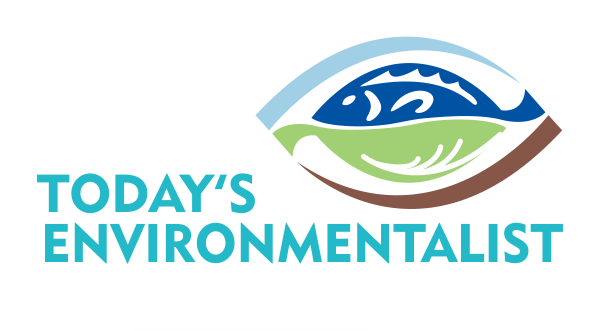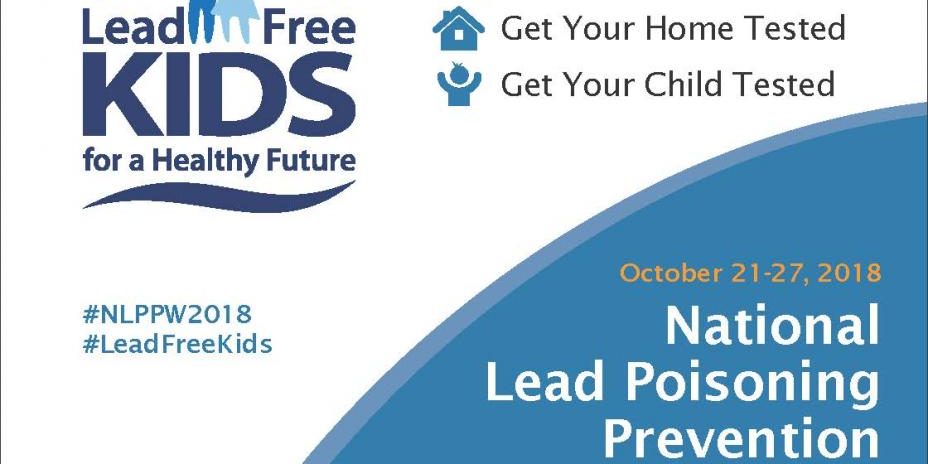From 21 to 27 October 2018 the international lead poisoning prevention week of action will take place, with a particular focus on eliminating lead paint. Lead poisoning is preventable, yet the Institute for Health Metrics and Evaluation has estimated that, based on 2016 data, lead exposure accounted for 540 000 deaths and 13.9 million years lost to disability and death due to long-term effects on health, with the highest burden in developing regions. Of particular concern is the role of lead exposure in the development of intellectual disability in children. Even though there is wide recognition of this problem and many countries have taken action, exposure to lead, particularly in childhood, remains of key concern to health care providers and public health officials worldwide.
Lead poisoning is preventable, yet the Institute for Health Metrics and Evaluation (1) has estimated that, based on 2016 data, lead exposure accounted for 540 000 deaths and 13.9 million years lost to disability and death due to long-term health effects, with the highest burden in developing regions. Of particular concern is the role of lead exposure in the development of intellectual disability in children.
Even though there is wide recognition of the harmful effects of lead and many countries have taken action, exposure to lead, particularly in childhood, remains of key concern to health care providers and public health officials worldwide.
An important source of domestic lead exposure, particularly in children, is paint containing high levels of lead. These paints are still widely available and used in many countries for decorative purposes, although good substitutes without lead are available.
At the World Summit on Sustainable Development in 2002, governments called for lead paint to be phased out. The Global Alliance to Eliminate Lead Paint (Lead Paint Alliance) was formed in 2011 to promote the phase-out of the manufacture and sale of paints containing lead and eventually to eliminate the risks that such paints pose. A key requirement for achieving this is the establishment of appropriate national regulatory frameworks to stop the manufacture, import, export, distribution, sale and use of lead paints and products coated with lead paints. In its Business Plan, the Lead Paint Alliance set a target that by 2020 all countries should have in place such a regulatory framework. In a survey carried out by WHO and the United Nations Environment Programme, (UN Environment), which jointly coordinate the Lead Paint Alliance, as of 30 June 2018 only 69 governments confirmed that they have legally binding control measures on lead paint.
But WHO has 194 Member States, so there is still, a significant gap to achieving the 2020 goal set by the Global Alliance to Eliminate Lead paint that all countries should have banned lead paint.
In eliminating lead paint countries will contribute to the achievement of the following Sustainable Development Goal targets:
• 3.9: By 2030 substantially reduce the number of deaths and illnesses from hazardous chemicals and air, water, and soil pollution and contamination.
• 12.4 By 2020, achieve the environmentally sound management of chemicals and all wastes throughout their life cycle, in accordance with agreed international frameworks, and significantly reduce their release to air, water and soil in order to minimize their adverse impacts on human health and the environment.
The objectives
During the campaign week, the Global Alliance to Eliminate Lead Paint aims to:
• Raise awareness about health effects of lead poisoning;
• Highlight countries and partners’ efforts to prevent particularly childhood lead poisoning; and
• Urge further action to eliminate lead paint through regulatory action at country level.
Global Alliance to Eliminate Lead Paint
The Global Alliance to Eliminate Lead Paint is a cooperative initiative jointly led by the World Health Organization and the United Nations Environment Programme to focus and catalyze the efforts to achieve international goals to prevent children’s exposure to lead from paints containing lead and to minimize occupational exposures to lead paint. Its broad objective is to promote a phase-out of the manufacture and sale of paints containing lead and eventually to eliminate the risks that such paints pose. Lead is one of ten chemicals of major public health concern.
The Global Alliance to Eliminate Lead Paint is an important means of contributing to implementation of paragraph 57 of the Plan of Implementation of the World Summit on Sustainable Development and to resolution II/4B of the Strategic Approach to International Chemicals Management (SAICM).








